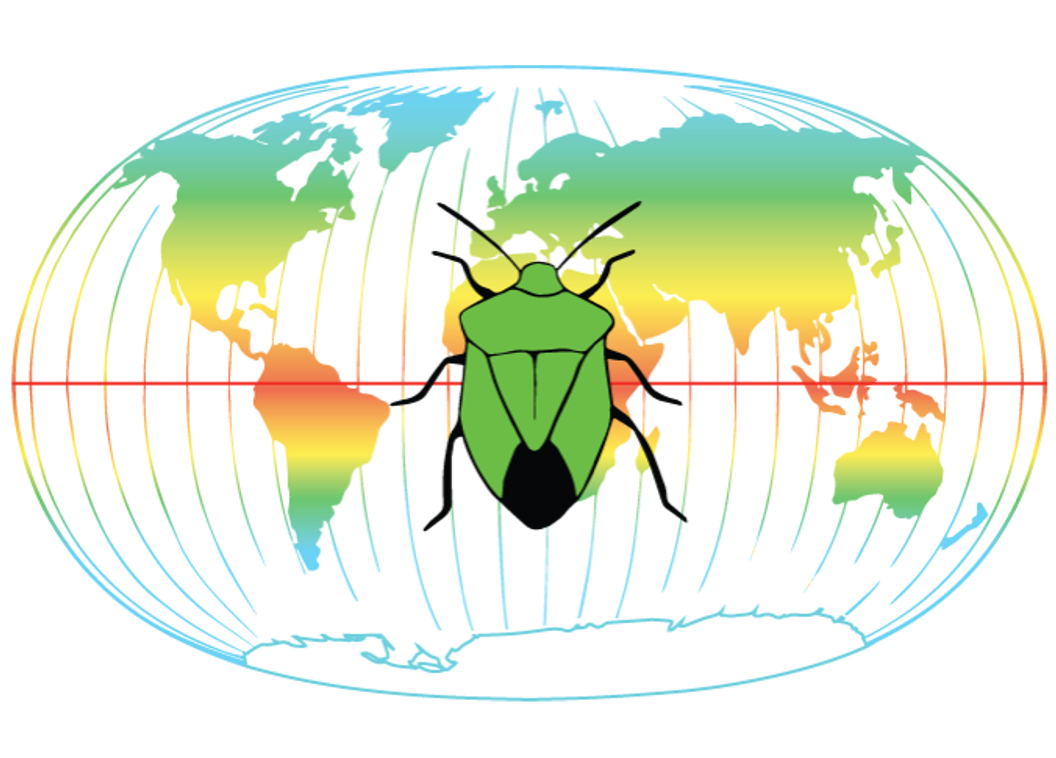Insect eco-evolutionary responses to climate change
Many insects are in decline globally, while invasive insects are on the rise. Predicting climate change impacts on insects requires models that more mechanistically capture insect physiology. I built a mechanistic population model with Priyanga Amarasekare (UCLA) that accurately predicted complex field dynamics bracketing 25 years of climate change (Johnson et al. 2016, Functional Ecology). With Lauren Buckley (UW), I also show that a common approach for quantifying species' thermal responses systematically underestimates climate change impacts on insect fitness (Johnson et al. 2023, The American Naturalist). We develop a model that considers how multiple fitness components respond to temperature over the insect life cycle.
Some of our theory also shows how fecundity evolves under seasonal fluctuations (Amarasekare & Johnson 2017, The American Naturalist). Theory on the evolution of survival is far less resolved. I am modeling how time-delayed population dynamics affect the coevolution of fecundity and survival, and vice versa. I am also working to make global forecasts of pollinator declines, pest outbreaks, and invasive insects.
